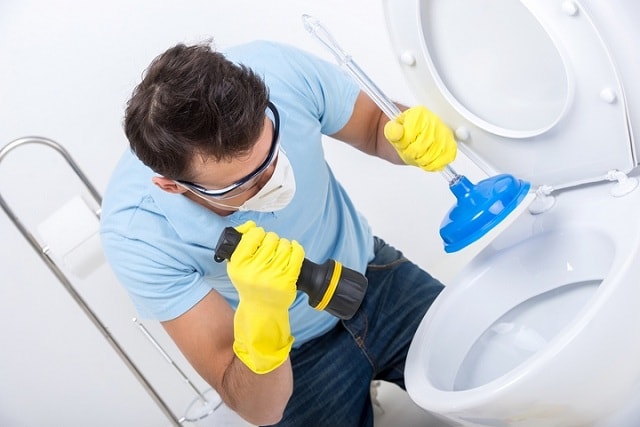
Nothing can ruin your day like like plumbing issues. And plumbing issues don’t come messier than an overflowing or clogged toilet. In a situation like this, there are a ton of mistakes you can make that will only cause the situation to get worse. No worries, though- We’re here to help.
Listed below are some of the essential tricks to get your toilet back in working order while minimizing the damage. Thank us later.
Do: Inspect Your Water Tank
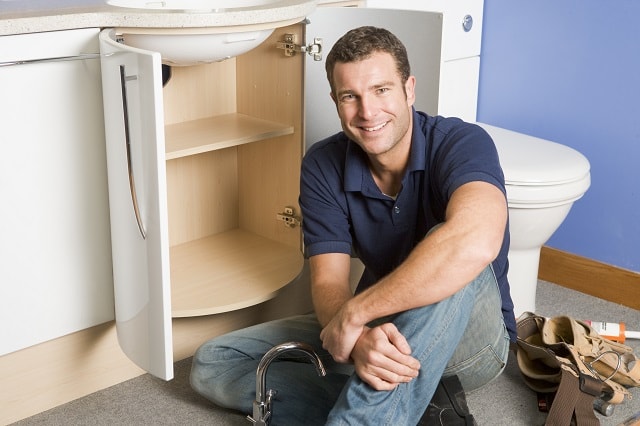
If your toilet bowl is overflowing with water, skip the plunger. The damage has already been done, and you aren’t getting all that water back where it belongs. Instead, head straight to the water tank. Serving as a reservoir for some of your porcelain throne’s most vital components, this is the first place you’re going to want to look for a solution.
First, always inspect your flapper. That’s the name for the small piece of plastic on the very bottom of the tank. Make sure it’s structurally sound, without any gaping holes or wear-and-tear. If the flapper looks to be in working order, open and close it in rapid succession. This motion will cause more water to enter the toilet bowl, which may seem counterproductive, but in actuality, the increased rush of water may remove any obstructions that are causing the issue.
And in case you were wondering: The water housed in the tank is the same as any other tap water, and hasn’t been exposed to any unsavory materials. Inspect away.
Don’t: Reach Far Into The Toilet Bowl

The bowl, on the other hand, has been subjected to many unsavory materials and should be avoided. Sticking your arm, especially with exposed skin, deep in a toilet bowl will put you on the fast track to injury and infection. You will need to check if any large objects, like clumps of waste and toilet paper, are obstructing the flow of water, but you should do this with a tool, like a toilet plunger. If you do need to go diving, always use a latex glove.
Do: Use Enzyme Products
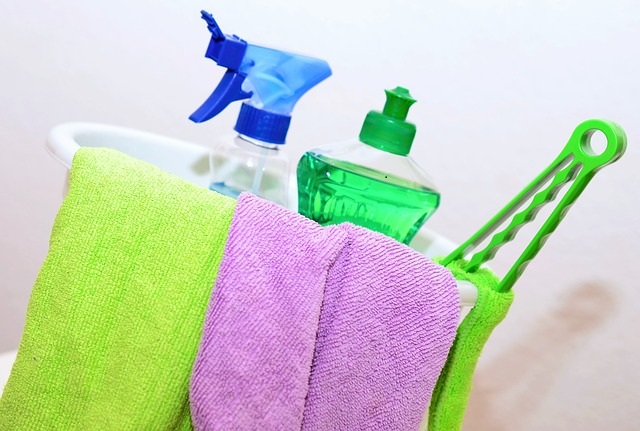
These special cleaning agents use chemicals to break down obstructions and sanitize your bowl. If you’re having trouble with more hands-on methods, this may be your best bet. The products will work best on waste, or things that can be worn down quickly, but will not work on more structurally sound obstructions, like common household items or kid’s toys.
Do: Keep Flushing
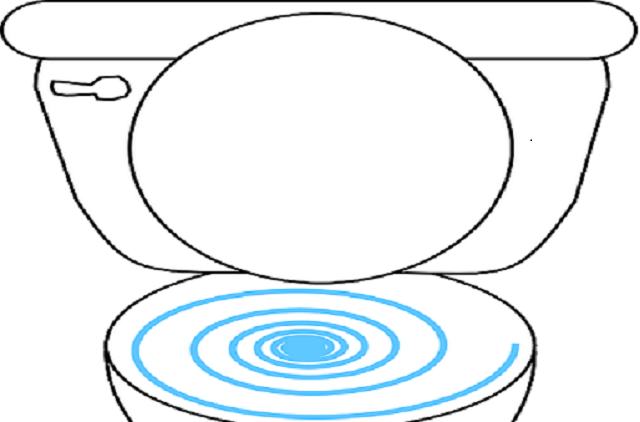
You won’t know if the problem is solved if you don’t keep running water through your pipes. If you aren’t consistently checking on the status of your repair, you may end up in the trenches far longer than needed.
Don’t: Give Up
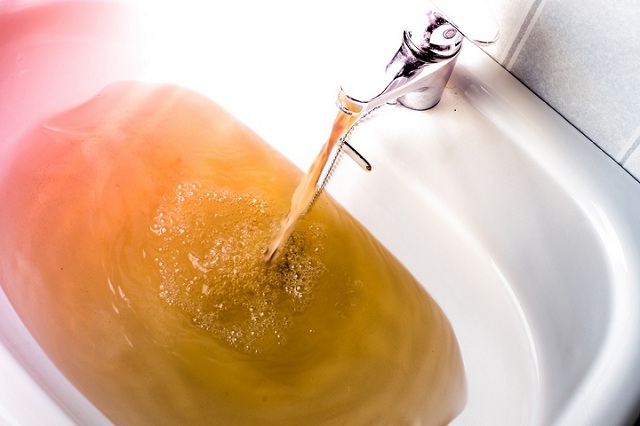
A clogged toilet is not something you want to leave on the backburner. The problem will only get worse if left unattended, and as such should be tackled as soon as you are able.
